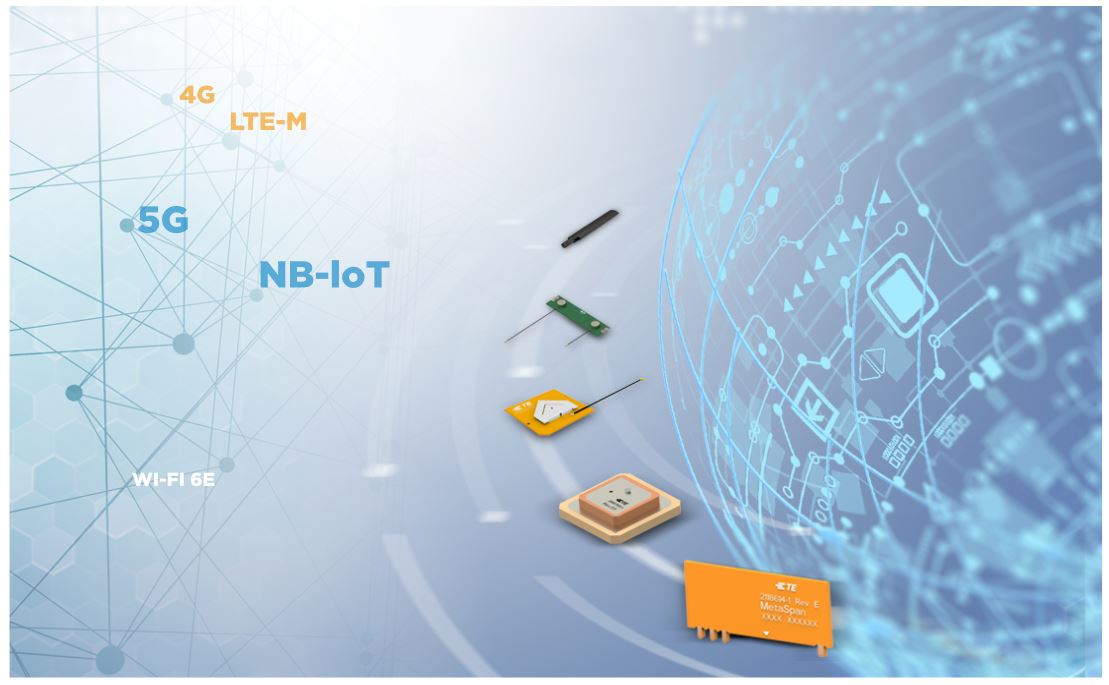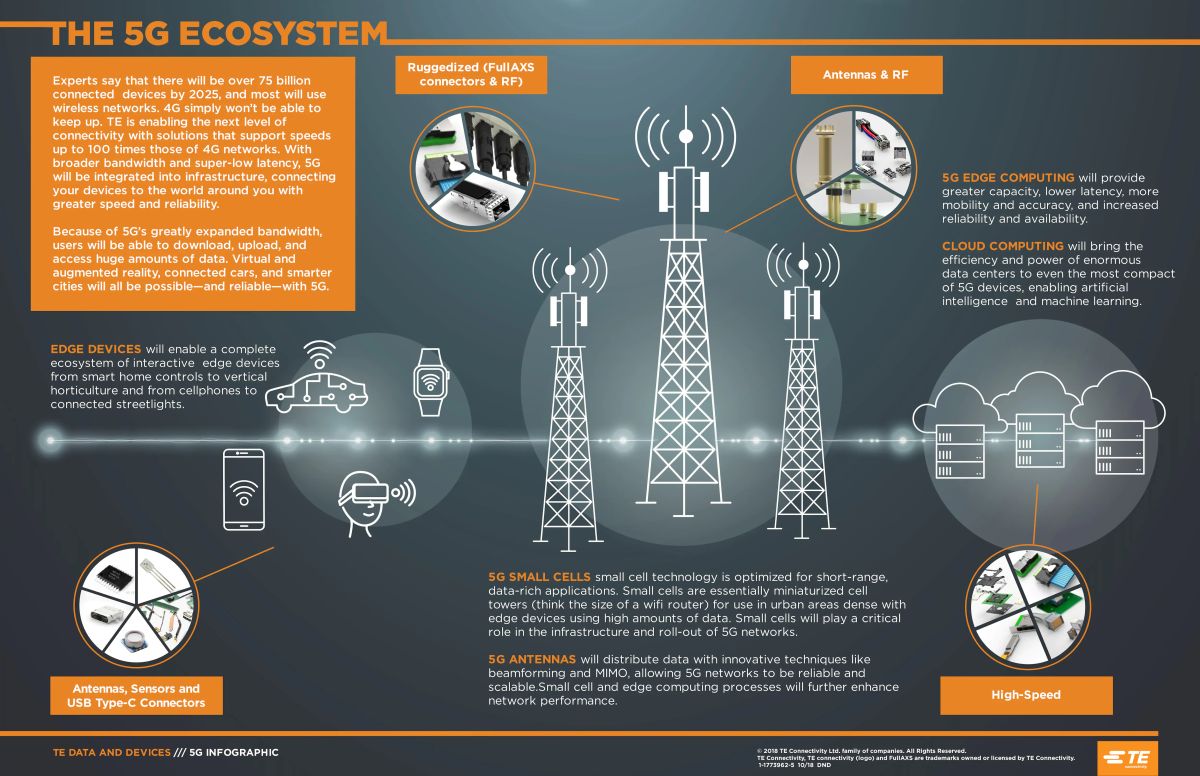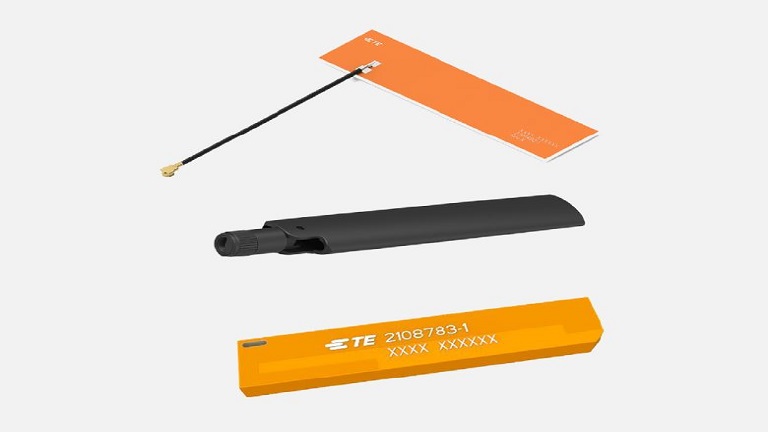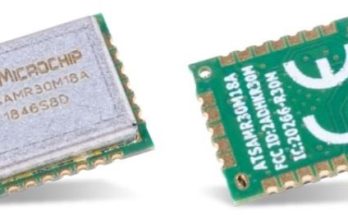In the recent decade, electronic devices, from consumer products to industrial applications, networking through wireless connectivity has become a trending feature in manufacturing and design of IoT devices, sensor networks, as well as many other cloud-based applications. One of the hypes around 5G is the high speed of data rate up to 20 GB/s.
Under the term of 5G, there are various network topologies, technologies and applications based on different standards. Therefore, there are several different frequency bands for all the 5G applications that require different types of antennas, such as frequencies below 2 GHz for indoor and wider coverage, the C-band from 2 GHz to 6 GHz for applications with balance between the coverage and capacity and above 6 GHz requiring high bandwidth and direct line of sight. Not only the requirements by the frequency band, but also the design margins are important factors in the antenna design, such as the device form factors and OEM preferences for banding purpose. As a result, we are seeing more and more different and specialized antennas in the market.

As the applications rapidly increases, the demand for antennas designed for 5G, NB-IoT and LTE-M has kept increasing. The frequency range for these antennas covers a wide band from 600 MHz to 6 GHz. In order to achieve low latency and high burst data rate of 5G network and the cellular LPWAN (Low Power Wide Area Network) communication, the antennas for these applications must be capable of wide variety of frequency band and various bandwidth demands.
TE has introduced the new antenna products to support the latest applications presenting various challenges. NB-IoT (Narrow Band Internet of Things) based on LPWAN, is aimed on indoor deployment for low cost, long battery life and high data rate connectivity. LTE-M is also called LTE Cat-M1 (Long Term Evolution (4G) Category M1) or LTE-MTC (Machine Type Communication), that is also based on LPWAN technology for enhanced machine-to-machine communication by mobility and capability of voice over the network. The new antenna products of TE not only provide the needed band solutions and performance, but also offer excellent engineering manufacturability, such as various mounting options, cable length and connector types.

Key Benefits
- Wide band coverage: 600 MHz – 6 GHz
- Solutions for 5G and cellular LPWAN applications
- Provide optimal performance with TE RF engineering competence
- Offer different mounting types: board mount (tab and surface mount), embedded antennas, terminal and external mount
- Various options of cable length and connector to meet all application requirements
- No need of tuning for use
- TE’s design approach and guidance available for customization, miniaturization and complex multiple antennas assemblies
Features
- Wireless Protocols
- Cellular, sub 6GHz (2G-5G, NB-IoT, LTE-M)
- LPWAN for IoT
- Wi-Fi®, Bluetooth™, ISM
- GNSS, GPS, Positioning
- Ultra-wideband
- Lora, Sigfox, Z-wave/ ZigBee
- Combination antennas
- 5G mmWave
- High reliability
- High efficiency
- In-house testing and validation
- Quick-turn designs and prototypes
- Fully-integrated manufacturing capabilities

Applications
- Security and surveillance
- Indoor lighting, street lighting
- Home and building automation
- Smart metering, energy management
- Industrial IoT, predictive maintenance
- Health and medical devices
- Telematics, OBD, asset tracking
- Audio and entertainment
- Agriculture




